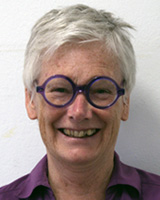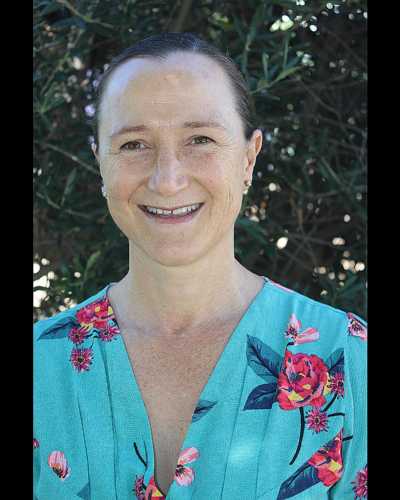Now published, see the full article 
Early Abstract:
Introduction: Research training is conducted within rural health organisations without a clear understanding of the role of research within the structure of the organisation itself, potentially limiting the effectiveness of that training.
This study sought to identify the role of research within the organizational structure of a large rural health organization in Australia. Specifically the study sought the answer to the following questions:
• Is research identified within the strategic documents of the organization? If so at what level of the organization is responsibility for research attributed?
• Is research identified within the position descriptions of staff? If so at what level of the organization are staff expected to conduct research?
• Is there evidence of research activity elsewhere within the organization structure?
Methods: This qualitative study used a critical realist approach and content analysis to identify and contextualize the terms “research” and “evaluation” within publicly available and internal documents from a large rural health organization in New South Wales, Australia. Secondary thematic analysis identified organizational factors influencing research activity. Data were sourced from strategic, operational and other documents from the 2015 calendar year, with key documents extracted from 1654 external and internal websites, 159 position descriptions and approvals for research projects active in 2015 (n= 53).
Results: Only a third of research conducted in the organization was locally instigated or involved local staff as researchers. There was limited matching between positional responsibility for research and research activity.
Research was a strategic goal for the organization, however this was not well represented in operational documents.
A lack of research in operational documents devolves responsibility for research to individuals. Individuals with greater levels of individual agency were more likely to be engaged in research.
A low critical mass of local researchers means collaboration, both internal and external, is essential to strengthen research capacity.
Conclusions: Health services can create conditions for local health research in a rural environment by addressing structural barriers such as a lack of operational planning for research. Identifying research active individuals as champions to build internal research collaboration is an important strategy, as is partnering with external organisations for necessary expertise.





